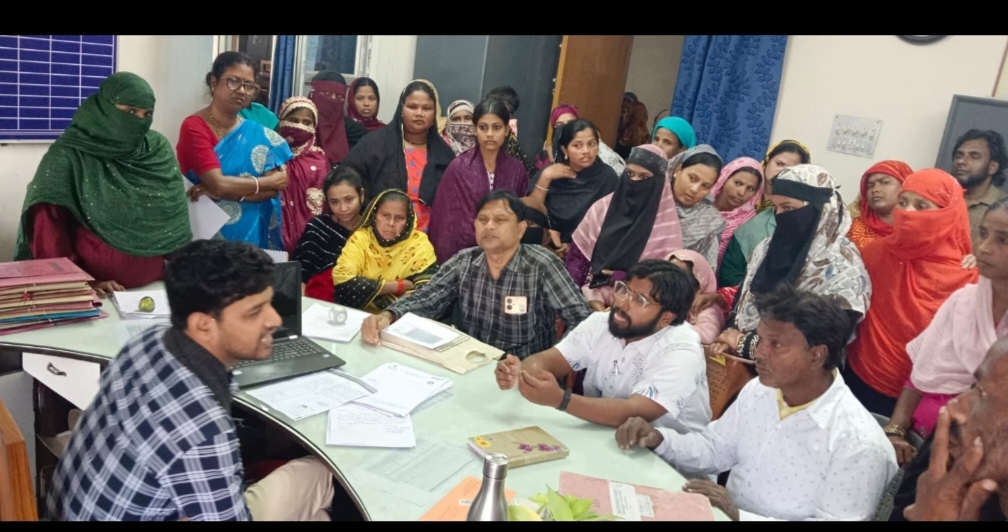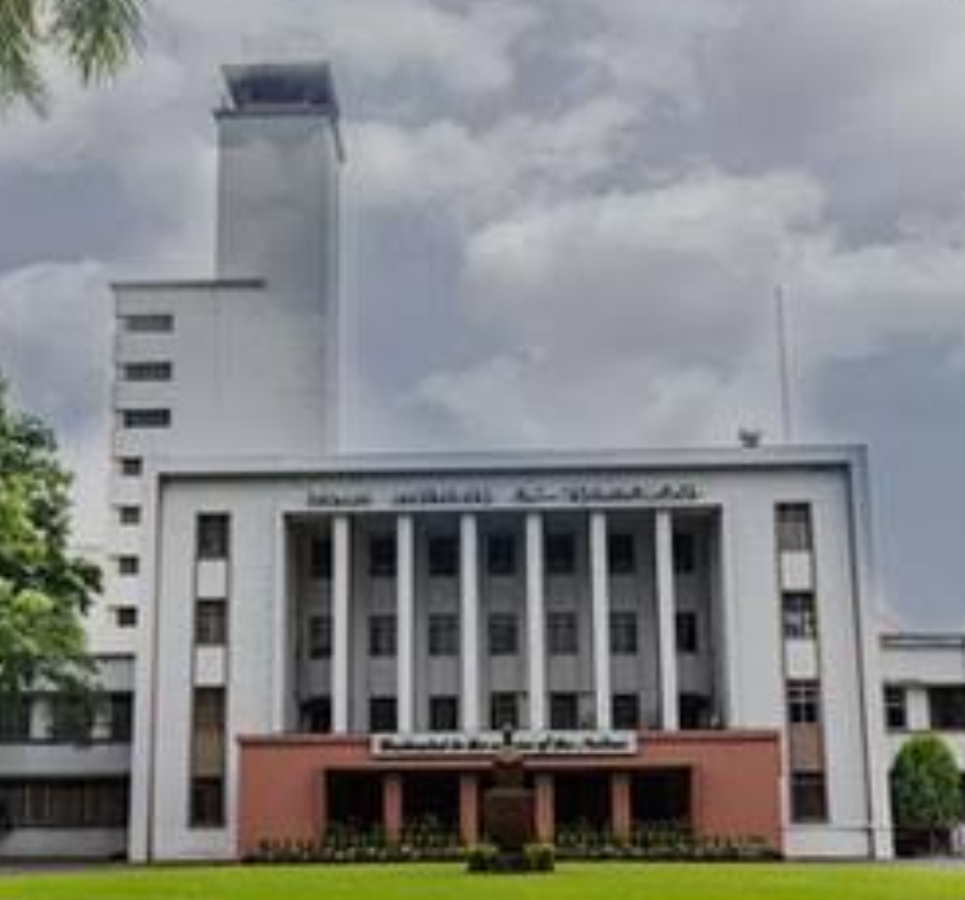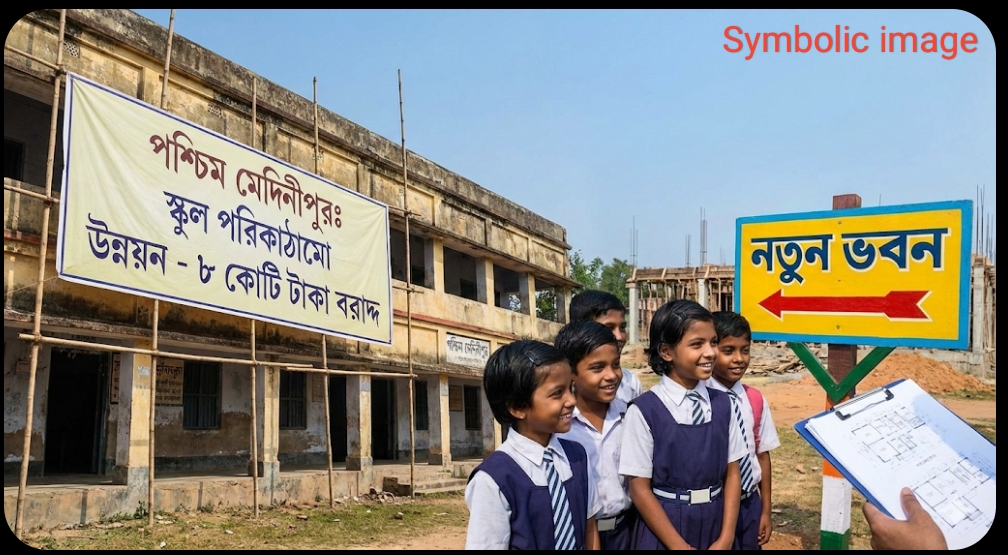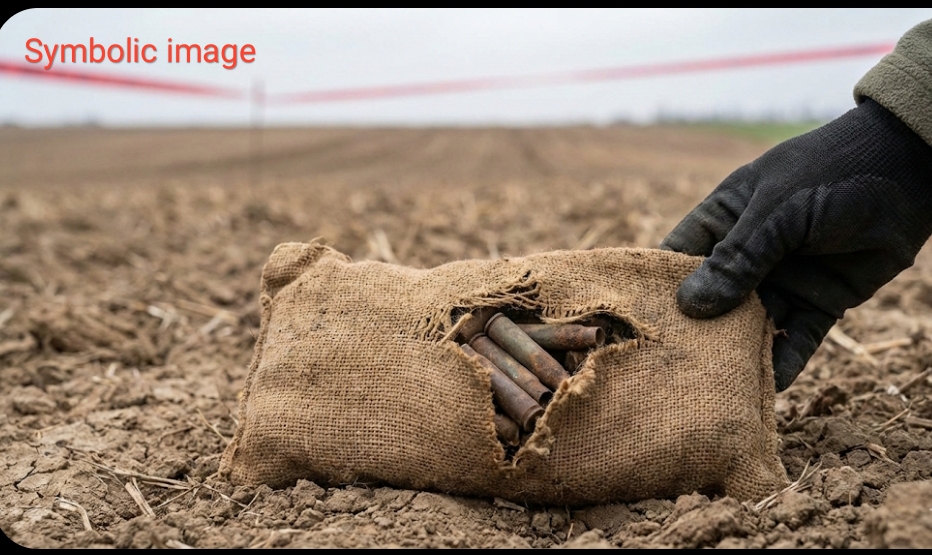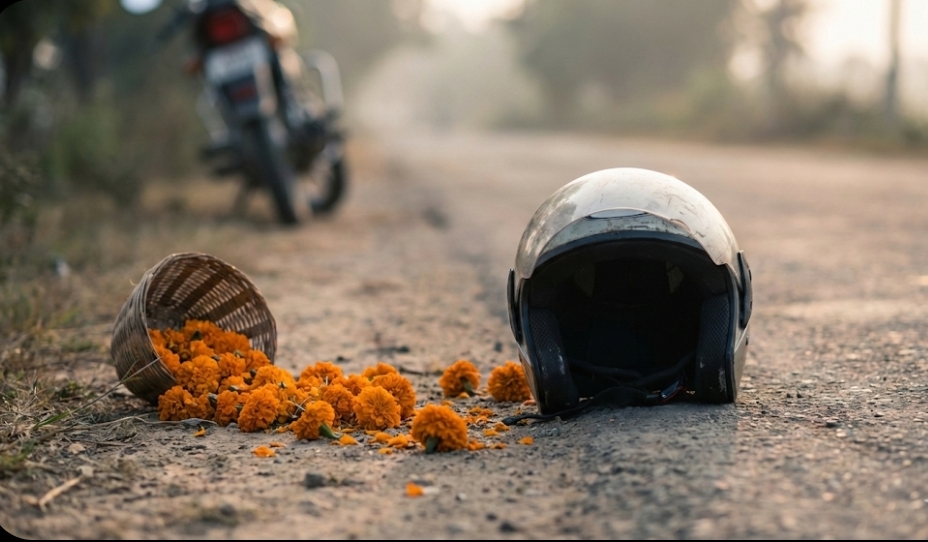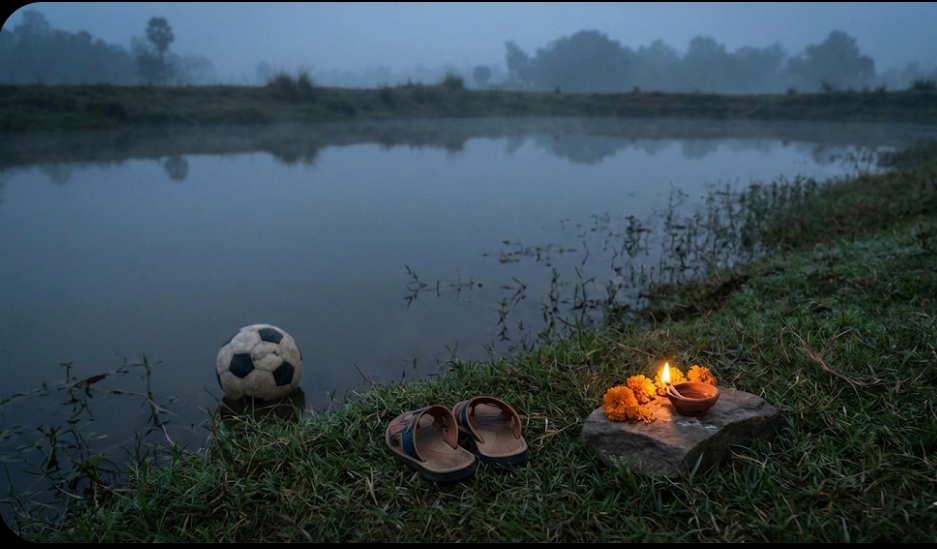Dark Age may be a myth says a joint study by IIT Kharagpur-ASI-PRL-JNU and Deccan College, retrieves evidence of cultural continuity in Vadnagar, India after the Harappan collapse
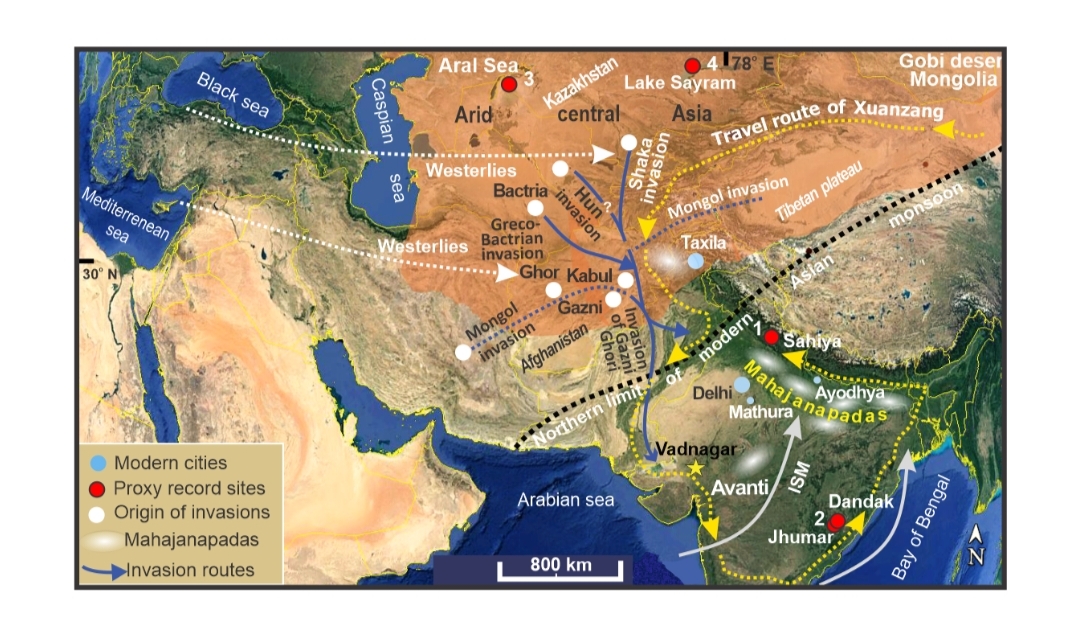





Kharagpur West Bengal, India: From deep archaeological excavation at Vadnagar, Gujarat a consortium of scientists from IIT Kharagpur, Archaeological Survey of India (ASI), Physical Research Laboratory (PRL), Jawaharlal Nehru University (JNU), and Deccan college now finds evidence of human settlement that is as old as 800 BCE contemporary to Late-Vedic/pre-Buddhist Mahajanapadas or oligarchic republics. The study also indicates that the rise and fall of different kingdoms during this long 3000 years and recurrent invasions of India by central Asian warriors were driven by severe change in climate like rainfall or droughts. The findings is just published in a paper titled ‘Climate, human settlement, and migration in South Asia from Early historic to medieval period: evidence from new archaeological excavation at Vadnagar, Western India’ in prestigious Elsevier journal ‘Quaternary Science Reviews’. While the excavation was led by ASI, the study was funded by the Directorate of Archaeology & Museums Government of Gujarat that is entrusted with building India’s first experiential digital museum at Vadnagar. The research at Vadnagar and Indus valley civilization has also been supported by generous funding from Mrs. Sudha Murthy, former Chairperson, INFOSYS Foundation for the last 5 years. Incidentally Vadnagar is also the native village of Shri Narendra Modi, Prime Minister of India.


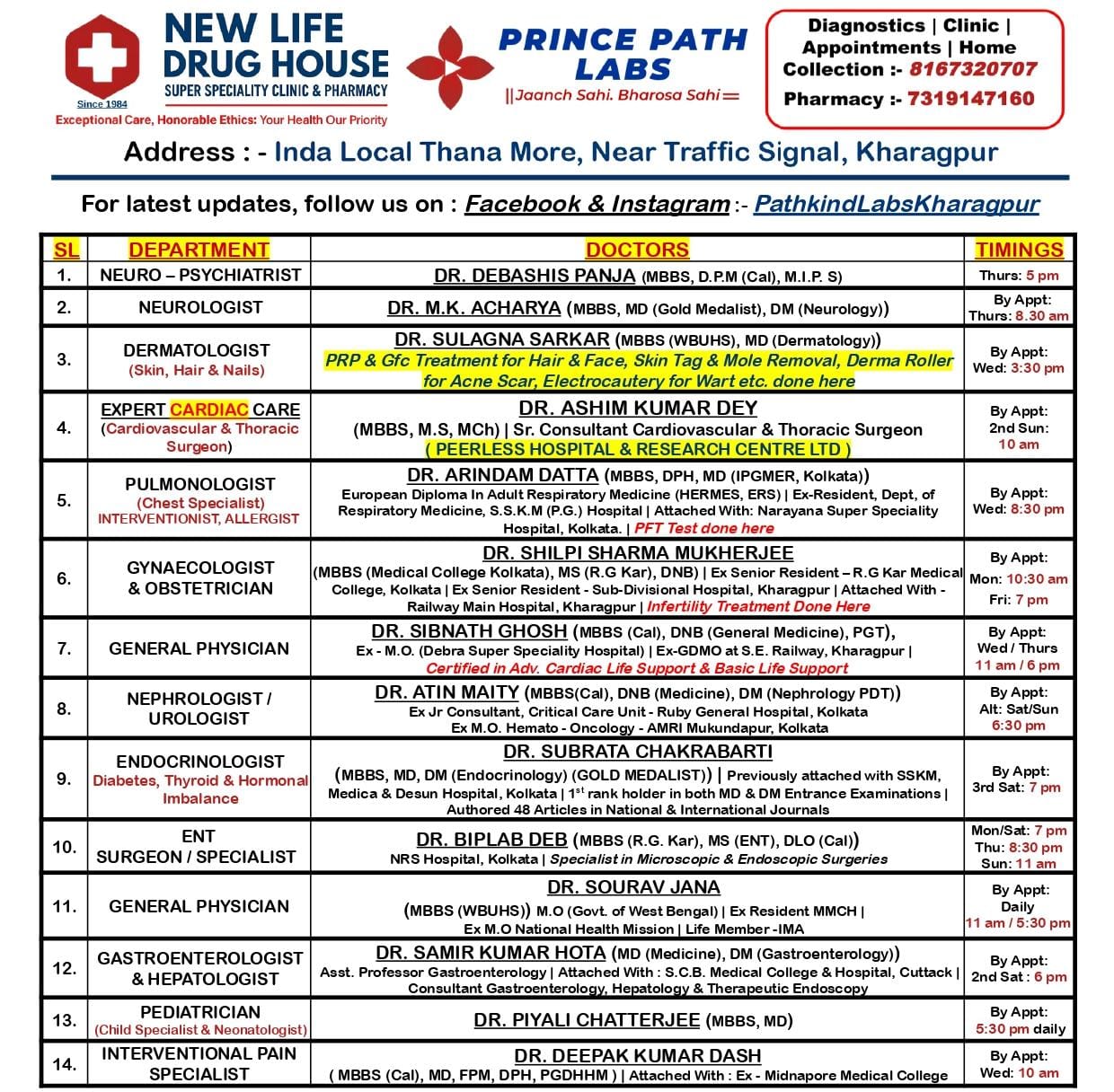

‘Vadnagar has been a multicultural and multireligious (Buddhist, Hindu, Jain and Islamic) settlement. Excavation in its several deep trenches revealed presence of seven cultural stages (periods) namely, Mauryan, Indo-Greek, Indo-Scythian or Shaka-Kshatrapas (AKA ‘Satraps’, descendants of provincial governors of ancient Achaemenid Empires), Hindu-Solankis, Sultanate-Mughal (Islamic) to Gaekwad-British colonial rule and the city is continuing even today. One of the oldest Buddhist monasteries has been discovered during our excavation. We found characteristic archaeological artefacts, potteries, copper, gold, silver and iron objects and intricately designed bangles. We also found coin moulds of Greek king Appollodatus during the Indo-Greek rule at Vadnagar,’ said ASI archaeologist Dr. Abhijit Ambekar, and co-author of the paper who led the excavation from 2016.


“The period between collapse of Indus valley civilization at 4000 year before present (early 2nd millennium BCE) and emergence of Iron age and cities of Mahajanapadas like Gandhar, Koshal, Avanti (6th-5th century BCE) somewhere between 3000 to 2500 year is often depicted as ‘Dark Age’ by archaeologists. Archaeological records are rare, the earliest one being the rock-inscription of emperor Ashoka during Mauryan period (320-185 BCE) at Sudarsana Lake, Girnar hill, Gujarat. Our evidences make Vadnagar the oldest living city within a single fortification unearthed so far in India. Vadnagar is unique in a sense that such a continuous record of Early historic to medieval archaeology with precise chronology has not been discovered elsewhere in India. Some of our recent unpublished radiocarbon dates are suggesting that the settlement could be as old as 1400 BCE contemporary to very late phase of post-urban Harappan period. If true then it suggests a cultural continuity in India for the last 5500 year and the so-called Dark age may be a myth,’ said Prof. Anindya Sarkar from IIT Kharagpur and lead author of the paper.
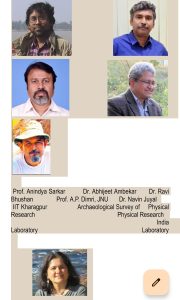
“The earliest settlement period in Vadnagar started at least at 800 year BCE i.e. early Iron age or questionably Late Vedic period and pre-dates both Buddhism and Jainism. This period continues into the Mauryan rule and ends with its fall around 150 year BCE. After the downfall of the Gupta Empire, large scale de-urbanization, drying up of water bodies, famines and population contraction across India occurred. Travelogues of Hiuen Tsang (7th century CE) who visited Vadnagar, and Al Biruni refer to collapse of almost all major towns with only few continuing into the Early Chalukya rule. Likewise, 13-17th century of Sultanate-Mughal to Early Gaekwad-British rule witnessed a number of mega-droughts and famine. Peter Mundy, an early 17th century English traveler mentions about complete desertion of important port town Cambay due to famine that hit the entire Gujarat province during this time. One of the major famines witnessed in 14th century was the nearly twelve yearlong Durgadevi Famine (1396-1408 CE). Each of these arid phases is clearly identifiable in isotope-based climate record with stunted seasonality in pervasive aridity with very little rainfalls,” explained Prof. Sarkar.
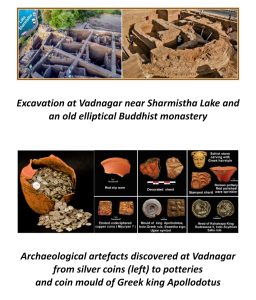
The curiosity is to know who were these earliest settlers? The research in various parts of Gujarat suggest they could be migrants after the massive Meghalayan droughts that collapsed almost all Harappan cities. To find out the cause we analyzed isotopes of oxygen in freshwater mollusc shells from Vadnagar archaeological site. These mollucs grow even today in the large Sharmistha lake adjacent to which the settlement grew. Isotopes in these shells can talk about past rainfall and seasonality. Surprisingly we found that they settled at Vadnagar when post-Meghalayan time the monsoon again became strong. Even the rise and fall of subsequent early historic and medieval kingdoms were intimately connected to monsoon. For example, Mauryan period is described as ‘Golden age’, and India as a land of fertility, prosperity with high rainfall by Greek traveler Megasthenes, in his travelogue Indica. Conversely whenever droughts struck there were decline in material culture, craftsmanship, architecture with wars between kingdoms.
‘Our radiocarbon dates show that successively Vadnagar was ruled by the Indo-Greeks (till 100 CE), Indo-Scythian or Shakas known as Kshatrapa kings (till 400 CE), Maitrakas (Gupta kingdom), Rashtrakuta-Pratihara-Chawada kings (till 930 CE), Solanki kings (Chalukya rule till 1300 year CE), Sultanate-Mughals (1680 CE), and Gaekwad/British. The modern city of Vadnagar lies on mound below which the pages of history are buried,’ said Dr. Ravi Bhushan and Navin Juyal of PRL and collaborators who painstakingly dated these archaeological periods and events.
‘During the last 2200 years of tumultuous time of Indian history there were seven invasions from central Asia to India (including Gujarat), imprints of which can also be found in the successive cultural periods of Vadnagar. The earliest one was Greco-Bactrian who came from south of the Oxus river and north-west of the Hindu Kush mountains, Afghanistan. Following the Seleucid–Mauryan War of 255 BCE the Greco-Bactrian king Demetrius-I established the Indo-Greek kingdom invading the north-western India through the unguarded Khyber Pass at around 180 BCE. This followed invasion by the Scythian or Shakas, the Central Asian tribe from south east region of Caspian Sea and Syr Darya river. The next invasions were by Hepthalites or White Hun tribes around late 5th century CE who occupied Gandhara (Kandahar) and part of India weakening Gupta kings. Then came Gazni, Ghoris and Mongols. Our isotope data and dates of the cultural periods at Vadnagar suggest that all these invasions happened precisely when the agrarian Indian subcontinent was prosperous with stronger monsoon but the central Asia was extremely dry and uninhabitable with recurrent droughts from where almost all the invasions and migrations happened,’ added Prof. Sarkar.
‘To test this, we employed the coupled General Circulation Climate model. In general, the rainfall pattern of India and central Asia are in anti-phase. While the monsoon is controlled by the movement of the Inter-Tropical Convergence Zone, the rainfall in central Asia is driven by an interplay between Siberian high and winter westerlies (western disturbances) those carry moisture from Mediterranean, and Caspian Sea. Rainfall during the monsoon months are maximum across the India while central Asia receives very little rainfall during this period. Our modelling suggests that whenever invasions happened India had very good monsoonal rainfall but central Asia was arid. For example, during the prosperous phase of Solanki kings Ghazni, Ghori and Mongol invasions happened when central Asia had droughts like the Aral Sea dried up. Interestingly, no invasion happened after the Gupta’s decline or the Maitraka or Rashtrakuta Pratihara rules when India had extreme aridity and experienced large scale tripartite wars with many major towns declining, probably due to resource crunch,’ said Prof. A P Dimri of JNU and co-author.
‘We think that cold arid/hyper-arid conditions might have triggered the migration from the inhabitable central Asia and eventual invasion into agrarian subcontinent that was prosperous under well showered monsoonal rainfall. But our study provides strong evidence of large-scale migration and invasions due to climate change in the past causing societal instability and has important bearing on the on-going climate change and consequent human migration,’ said Prof. Sarkar.

